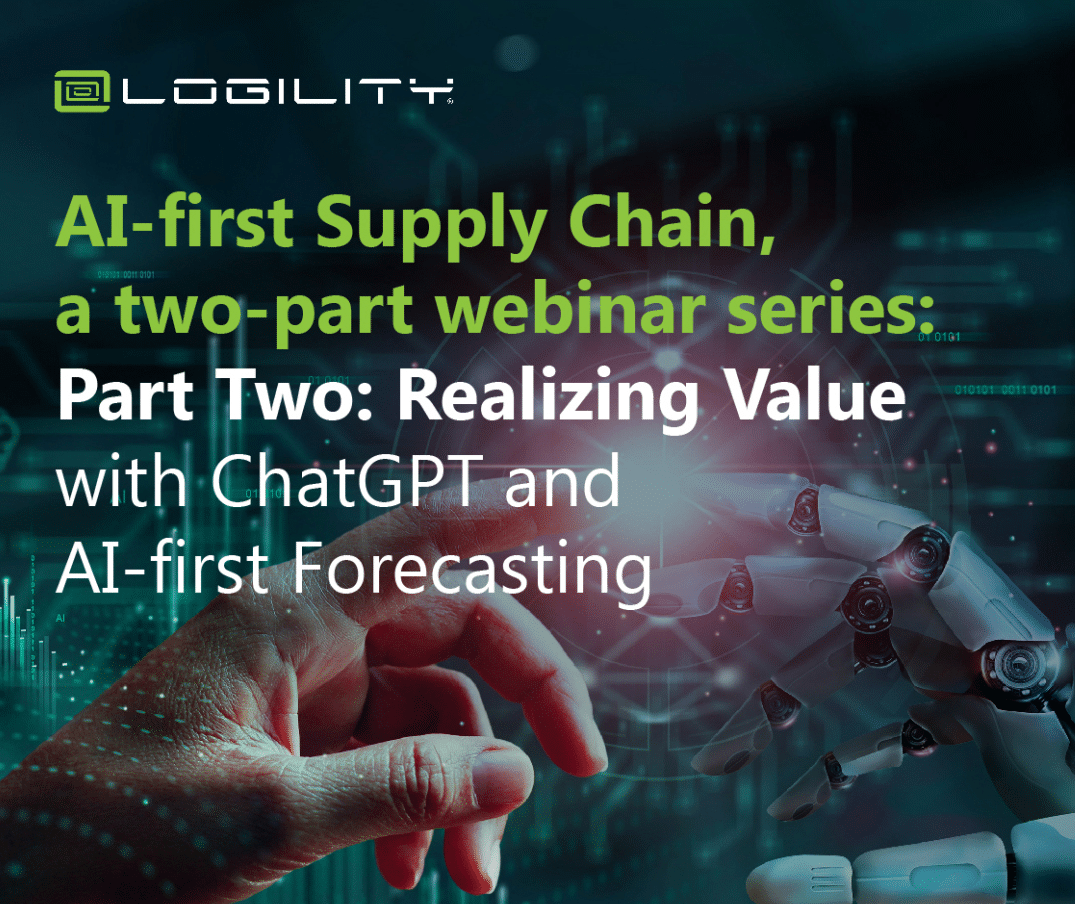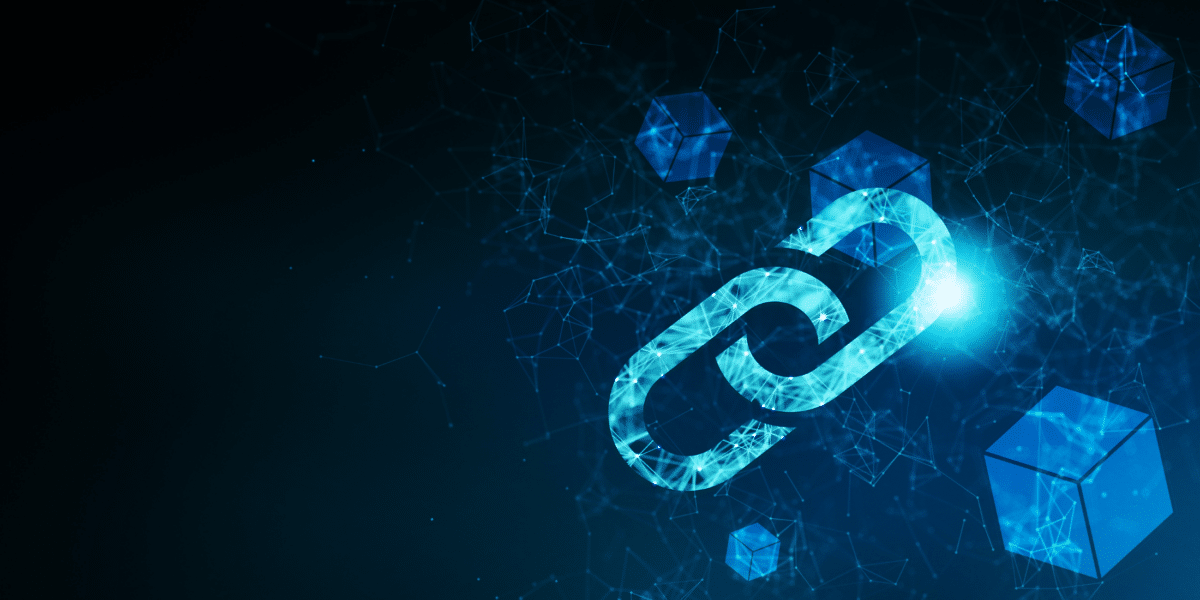
When Logility embarked upon the journey with AI-first planning and DemandAI+ we were on a mission to solve some very pertinent but complex set of problems. The founders had been in the enterprise software space and business planning space for decades and had come to the painful realization that technology was truly holding back this domain. The supply chain technology landscape was rife with decades old code; month/year long projects and IT integrators were the norm to make the tiniest changes in the systems or parameters.
None of the user-friendliness and AI that has become common in the consumer space had made its way to enterprise business planning. How long does it take to get used to your latest iPhone or Android device or use a new app? Compare that to how long it takes to onboard to a supply chain planning tool!

Problems and Solutions
We knew the problems well – history is not always the best predictor of the future, but every forecasting tool out there could do little more than project historical trends and seasonality forward. There was simply no way to do some very basic things in current tools. A few examples:
- Adding planner knowledge about events or unique business scenarios to the forecasting process in an easy way (yes, manually restating history is not the best way!)
- Test assumptions about the future and understand impacts in terms of volume/value – what if we have another covid wave in the winter? What if consumer prices rise by 10% owing to fuel shortages? What if we invest $100K into our advertising campaign?
- Make sense of current information that’s already available in internal and external systems – Customers place orders every day. Does the forecasting tool use this info to calculate demand? Almost none do. End consumers are placing orders on Amazon and are shifting buying behavior. Again, hardly any B2B forecasting tools can even take sell out, point of sales, and channel inventory as inputs. What about sales inputs? There is a ton of sales intelligence in your CRM tool or in the heads of your sales force and that the forecasting system doesn’t even bother with.
- And last but the most important of all – get a simple but effective understanding of what makes up the forecast. OK, the forecast tells me I will ship 1000 units next week, but what is the baseline component? What is the uplift of the promotion that I did? What about my customer’s sell-out, and how much does that drive my sell-in?
So how did we use DemandAI+ to change the status quo? We went on to create an AI-first forecasting environment – potential clients come to us with some very basic data, tell us about your business objectives and the very next day you are live with a ton of insights into your demand. Then it’s a matter of testing assumptions, adding additional data and insights and creating a rich picture of not just what will happen, but also get a much better sense of why it will happen. You need to know the risks and opportunities that you are faced with, and more importantly – (because you know the components of demand) what can you do as a business to shift and shape your demand. And you don’t need to run implementation projects to do any of these, you have the power and control over the numbers, and you feel confident to explain it to others in your organization.
Welcome to the new world of DemandAI+! Did you catch our webinars on this? If not, sign up for your free, on-demand recording to dive into the details.
Part Two: Realizing Value with ChatGPT and AI-First Forecasting
Realizing Value with ChatGPT and AI-First Forecasting
Watch the Webinar




